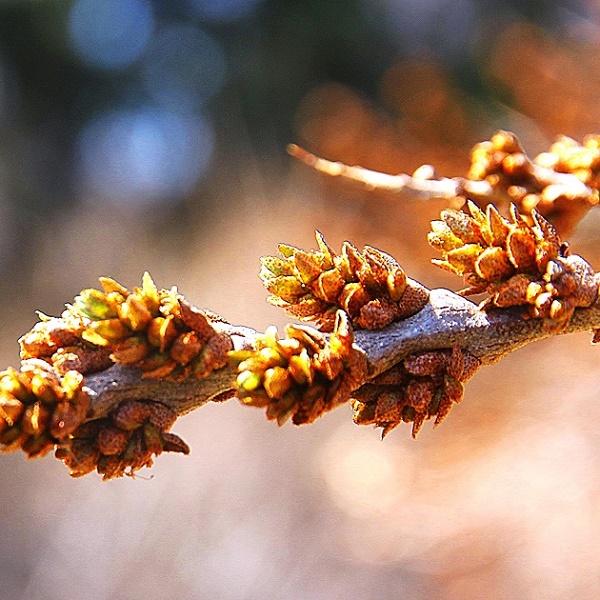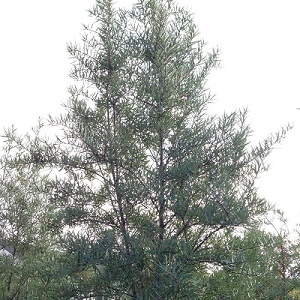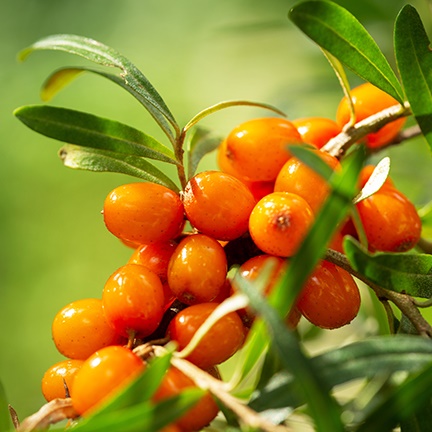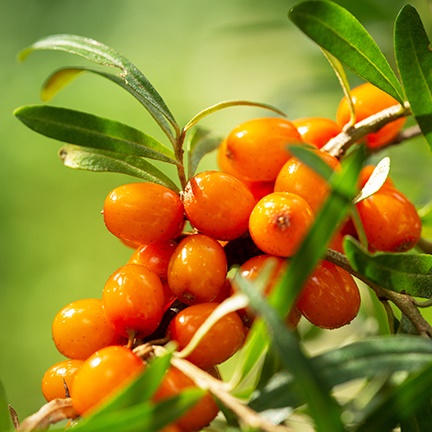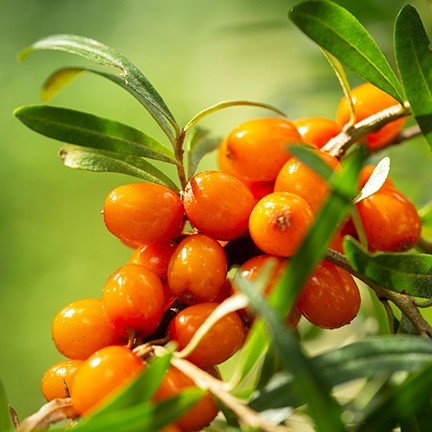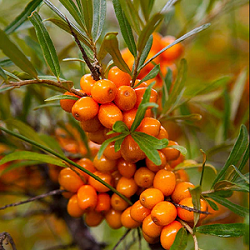Search
Category
New Items!
Special Searches
Harvest
Zone
Rootstock
Pollenizer
Stock Status
Sea Buckthorn
Sea Buckthorn (Hippophae rhamnoides)
This attractive, thorny shrub with fine, silvery green foliage is an esteemed member of two elite plant groups—a superfruit and a nitrogen fixer. Sea Buckthorn is native to central Asia. Reaching as far as western China and also Europe in the Baltic region. Legends abound attesting to the healing and nutritional properties of this unique plant. Supposedly Genghis Khan's troops fed sea buckthorn to their war horses. Incidently, the Latin plant name 'Hippophae' translates to 'shiny horse'. In more recent times it was the Russians who first began researching and developing it. By the 1980's, the Soviet space program featured sea buckthorn on the cosmonaut's diet and used it as a skin cream to protect against possible radiation. Later, after the infamous Chernobyl incident, it was the sea buckthorn products that proved to be most effective in treating the numerous victims of the nuclear fallout. Eventually it was introduced to North America and is finally gaining recognition. Over 200 research studies have been conducted, ranging from weight management to skin care to metabolic functions. The bright orange berries are indeed a "superfood" with extremely high vitamin C content as well as Vitamin A, D and E. The oil contained in the fruit is rich in essential fatty acids, flavonoids, Omega 3, 6 and 9 as well as the rare and revered Omega-7. Even the leaves are used to make a lovely, nutritional herbal tea. When choosing a site for these tough, drought resistant plants, the only requirements are good drainage and full sun exposure. They can thrive in poor depleted soils and even shrug off salt spray. But since they cannot tolerate shade, fears of the plant becoming invasive are, in most cases, unwarranted.
Sea Buckthorn are dioecious, meaning that you need a non bearing male plant to pollenize the female plants.
Bareroot plants
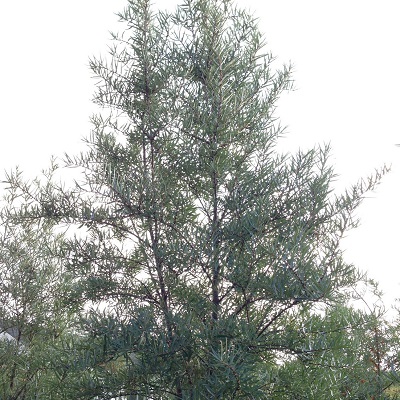
Sea Buckthorn : LORD 2 year old plant (Male)
$29.95
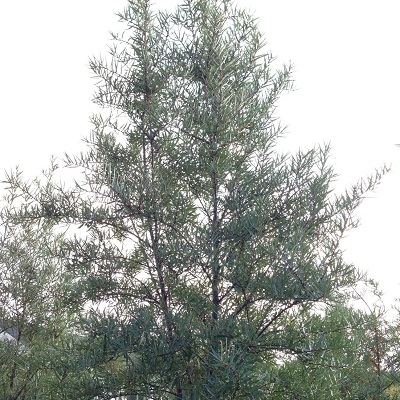
Sea Buckthorn : LORD 3 year old plant (Male)
$34.95
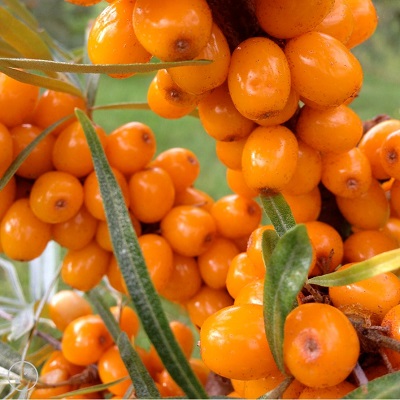
Sea Buckthorn : SUNNY 1 year old (Female)
$24.95
